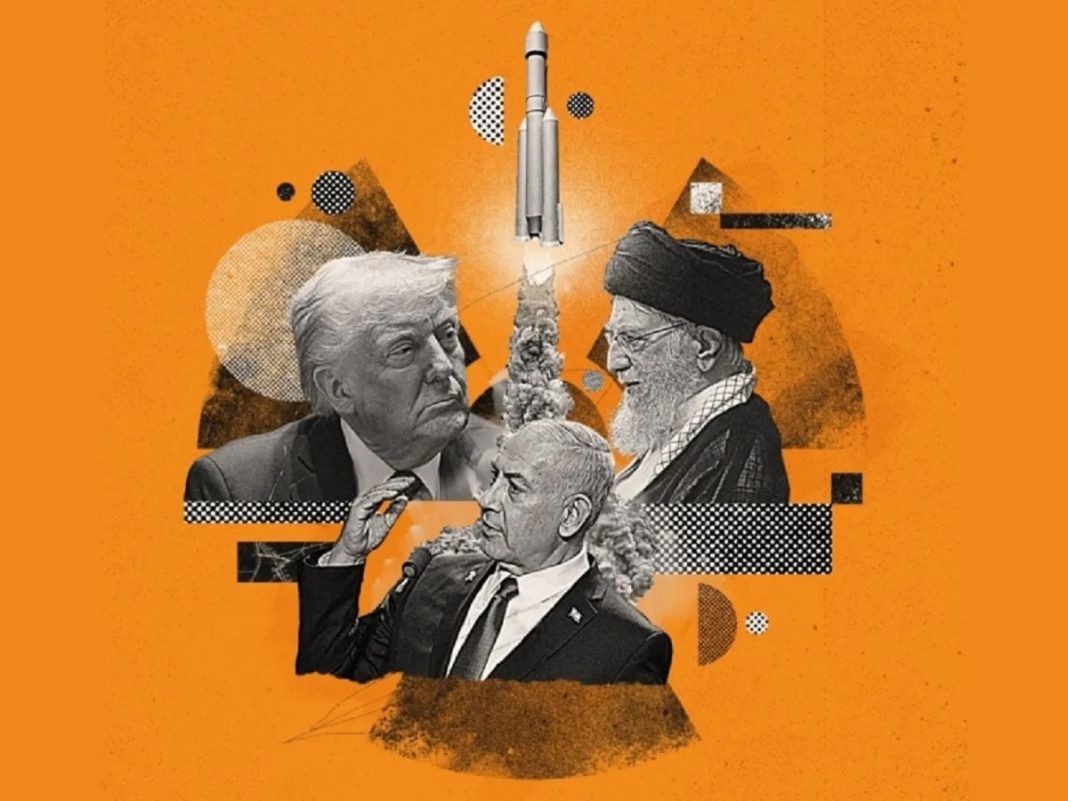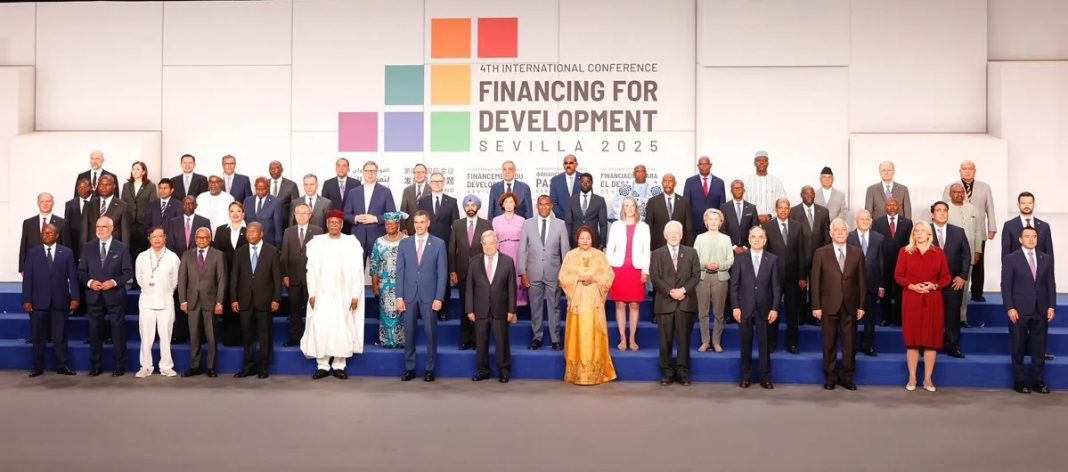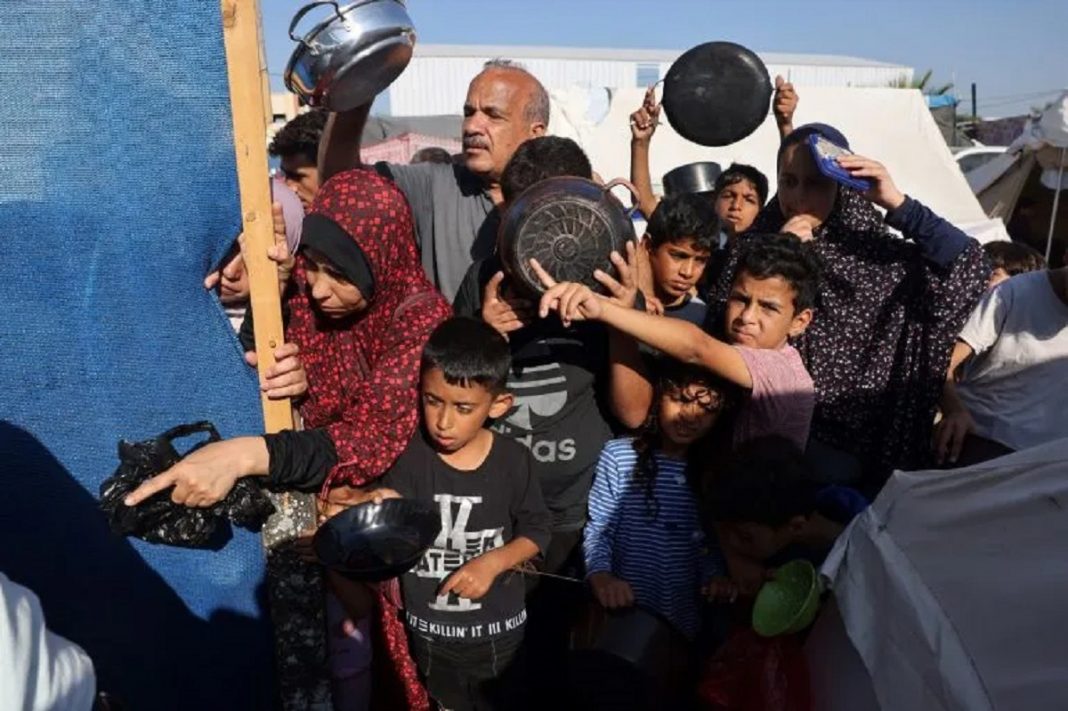Gabriel G. Tabarani
The June 2025 Israeli-American assault on Iran’s nuclear infrastructure—swift, surgical, and shockingly effective—was celebrated in Washington and Tel Aviv as a strategic triumph. The so-called “12-Day War” culminated in a decisive ceasefire with Iran’s nuclear ambitions seemingly crushed under the weight of bunker-buster bombs and coordinated airstrikes. For many in the U.S. political establishment, it felt like redemption: a high-stakes military intervention in the Middle East that worked. But while the operation neutralized Iran’s capabilities in the short term, it may have set the stage for a far more dangerous and volatile chapter in the region’s history.
For over three decades, preventing Iran from acquiring nuclear weapons has been a central pillar of American foreign policy. The 2025 strikes were meant to finish what diplomacy, sabotage, and sanctions had only delayed. And by many metrics, the campaign worked. Iran’s nuclear enrichment infrastructure was heavily damaged, much of its scientific leadership was killed, and its retaliatory capacity was contained. Yet the strikes may also have shattered the last internal barriers to Iran’s full pursuit of a nuclear weapon. The regime now finds itself weakened, isolated, and humiliated. But humiliation is not the same as defeat. In fact, the current situation may provide the ruling clerics with both motive and justification to take their nuclear ambitions further than ever before.
Before the strikes, Tehran played a complex balancing act—publicly proclaiming peaceful nuclear intentions, invoking religious prohibitions against weapons of mass destruction, and maintaining a degree of cooperation with the International Atomic Energy Agency. That model is now obsolete. Iran’s parliament suspended cooperation with the IAEA shortly after the attacks, and the agency withdrew its remaining inspectors from the country. Iranian officials now argue that the transparency they offered allowed Israel and the United States to pinpoint strike targets. With no external oversight, any effort to rebuild the program will now be conducted in the shadows.
Despite the destruction, some analysts suggest Iran retains enough enriched uranium and undeployed centrifuges to initiate a crash program to build a bomb within a year. The dual imperatives of regime survival and deterrence could now push Tehran into doing just that. After all, Iran has already absorbed the worst—crippling attacks on its nuclear facilities, humiliating blows to its leadership, and silence from its supposed strategic partners in Moscow and Beijing. If the regime concludes that only a credible nuclear deterrent can prevent future attacks, it may commit to one quietly but resolutely.
The narrative that this war would lead to regime change or political collapse in Iran also appears deeply flawed. On the contrary, the strikes may have triggered a surge of national solidarity. Though many Iranians are disillusioned with their leaders, external threats often breed internal cohesion. The regime, experienced in exploiting nationalist sentiment, has already begun portraying its survival as a moral and patriotic victory. Even some opposition voices condemned Israeli attacks on civilian infrastructure. Supreme Leader Ali Khamenei, frail and subdued, appeared in public shortly after the ceasefire, presiding over a patriotic ceremony with religious overtones. This is a regime that knows how to survive—and capitalize on trauma.
The attack has also stirred unease among regional states that once quietly supported pressure on Tehran. Gulf nations like Saudi Arabia and the UAE, focused on transforming their economies into global hubs, are wary of being caught in the crossfire of prolonged hostilities. A wounded and cornered Iran could behave more erratically, threatening the very stability those Gulf monarchies are trying to cultivate. Meanwhile, Turkey and Qatar view the Israeli posture of perpetual preemption with suspicion, especially as Israel continues strikes in Gaza and Syria with unclear strategic endgames. If unchecked, these dynamics could fracture emerging alliances and open new fronts of instability across the region.
Even within Washington, concerns are growing. While the Biden administration was reluctant to act militarily, President Trump took the plunge. But he also campaigned on extricating the U.S. from long-term military entanglements in the Middle East. The rapid ceasefire and his public declarations of “mission accomplished” reflect a desire to avoid a deeper commitment. Yet the outcome of the operation may demand just that. As Iran begins recalibrating its nuclear ambitions, and Israel prepares for a drawn-out campaign of constant disruption, the U.S. will find itself pulled back into the same region it hoped to leave behind.
If Washington truly seeks to prevent Iran from obtaining a nuclear weapon, then the pathway ahead is not continued airstrikes but renewed diplomacy. Stripped of illusions, the United States must now consider how to reengage Iran in a framework that limits enrichment, enforces inspections, and defuses future escalations. President Trump has suggested he could negotiate a better deal than the 2015 nuclear accord. This could be his opportunity. Even if such outreach is rebuffed, it could expose divisions within Iran’s leadership and amplify the growing rift between the regime and its people. Offering an off-ramp—one that includes sanctions relief in exchange for verifiable constraints—might at least buy time and reduce the incentive for a reckless nuclear dash.
The June operation may go down in history as a tactical masterpiece. But tactical success is not strategic resolution. Iran is not yet out of the game. It is battered, cornered, and perhaps more dangerous than ever. Preventing the emergence of a nuclear-armed theocracy will now require more than bombs. It will require statesmanship, vision, and a willingness to reimagine what security in the Middle East truly means
This article was originally published in Arabic on the Asswak Al-Arab website


